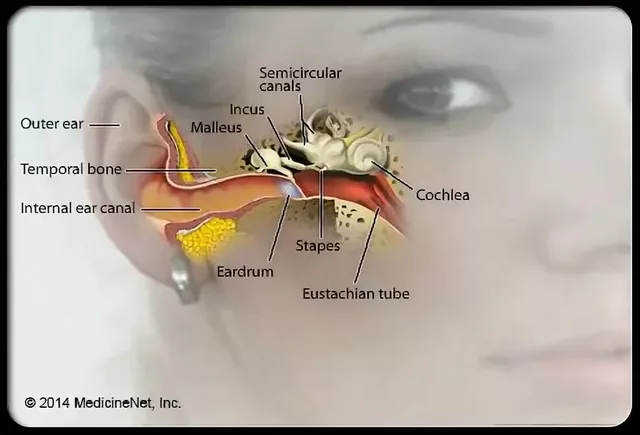Cholesterol Medication: What Works, What’s New, and How to Choose
If you’ve ever Googled “lower cholesterol,” you’ve probably seen a sea of drug names – statins, ezetimibe, PCSK9 inhibitors, and more. It can feel overwhelming, especially when each pill comes with its own set of side effects and price tags. This page cuts through the noise. We’ll give you the most useful facts about the biggest cholesterol meds, point out newer alternatives like bempedoic acid, and share practical tips for buying safely online.
Big‑Name Cholesterol Drugs You’ll Hear About
Statins are still the gold standard. Drugs such as atorvastatin (Lipitor) and rosuvastatin (Crestor) lower LDL‑cholesterol by blocking the enzyme HMG‑CoA reductase. Most doctors start patients on a low dose and step up if needed. Common side effects include muscle aches, a slight rise in liver enzymes, and, for a tiny fraction of people, memory fog. If you’re new to statins, ask your doctor for a baseline liver panel and report any persistent muscle pain.
Ezetimibe (Zetia) works differently – it blocks cholesterol absorption in the gut. It’s a good add‑on when statins alone don’t hit target numbers, and it tends to have fewer muscle complaints. The trade‑off is that it’s a bit more expensive and may not lower LDL as dramatically as a high‑dose statin.
PCSK9 inhibitors like alirocumab (Praluent) and evolocumab (Repatha) are injectable antibodies that keep the liver’s LDL receptors from being destroyed. They’re reserved for people with familial hypercholesterolemia or those who can’t tolerate oral meds. The biggest downside is cost; insurance coverage varies widely.
Statin Alternatives & New Therapies
Not everyone can stay on a statin. Muscle pain, drug interactions, or personal preference can push patients to look elsewhere. One of the hottest newcomers in 2025 is bempedoic acid. Unlike statins, bempedoic acid activates only in the liver, so muscle tissue stays untouched. That means fewer muscle aches for many users. Clinical trials show it can lower LDL by 15‑20% on its own and an additional 10‑15% when paired with a low‑dose statin.
Another option gaining traction is the combination of bempedoic acid with ezetimibe. The duo works synergistically: one blocks synthesis, the other blocks absorption. For patients who need a double‑hit without upping statin doses, this combo can be a game‑changer.
If you’re curious about cheap ways to get these meds, our site lists vetted online pharmacies that sell generic versions safely. Look for pharmacies that require a valid U.S. prescription, show a licensed pharmacist’s contact info, and use secure (HTTPS) connections. Avoid sites that promise “no prescription needed” – they’re usually scams.
When you order online, keep these steps in mind:
- Verify the pharmacy’s certification on the National Association of Boards of Pharmacy (NABP) list.
- Ask your doctor for a written prescription you can scan or email.
- Check the medication’s dosage, form (tablet vs. capsule), and expiration date upon arrival.
- Never share your medication with anyone else.
Finally, remember that meds are only half the story. Diet, exercise, and regular cholesterol checks keep the numbers in check. Swap out sugary drinks for water, add a daily walk, and ask your doctor to re‑test your lipid panel every 6‑12 months.
Whether you’re starting a statin, switching to bempedoic acid, or just looking for reliable buying tips, the right cholesterol medication is the one that fits your health goals, budget, and lifestyle. Use the information here to have a confident conversation with your doctor, and don’t hesitate to reach out to our community for real‑world experiences.

Tricor (Fenofibrate) Guide: Uses, Dosage, Side Effects & FAQs
Learn what Tricor is, how it works, proper dosing, common side effects, and answers to the most asked questions about this cholesterol‑lowering drug.
Read More




